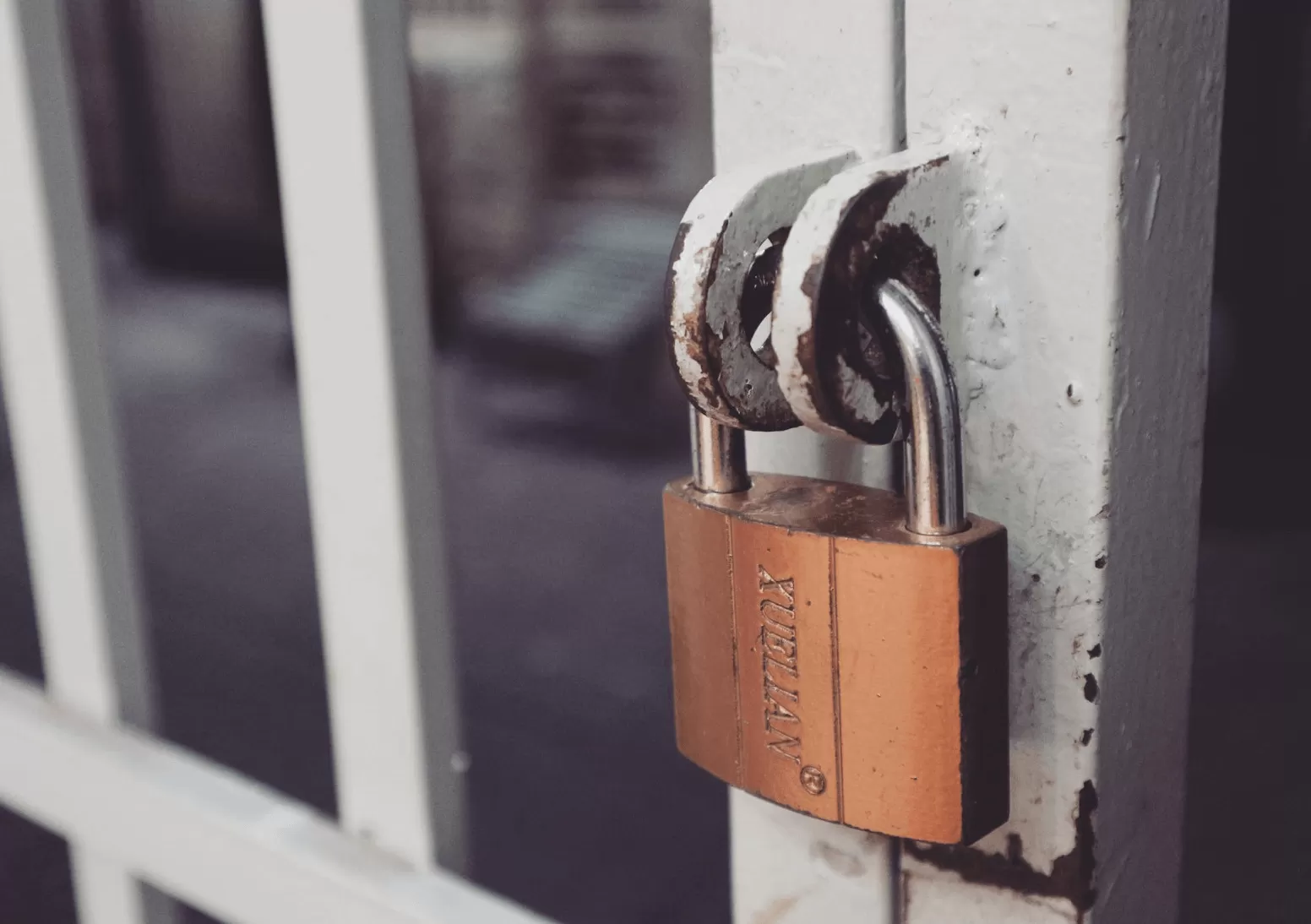In the dynamic world of eCommerce, Amazon stands as a colossal marketplace, offering immense opportunities for sellers to reach a global audience. However, with great opportunity comes great challenge. One of the most significant challenges Amazon sellers face is the threat of listing hijacking. This malicious practice can not only erode your profits but also damage your brand reputation. In this comprehensive guide, we’ll delve into effective strategies to safeguard your Amazon listings from hijackers.
Understanding Listing Hijacking
Before diving into prevention strategies, it’s crucial to understand what listing hijacking is. Essentially, it occurs when unauthorized sellers latch onto your product listing to sell counterfeit or similar products under your brand name. They might undercut your prices, leading to a loss of sales, and potentially compromise your product’s quality and reputation.
Why It’s a Problem
The implications of listing hijacking are far-reaching:
Loss of Revenue: Hijackers can steal your sales by offering cheaper alternatives.
Brand Reputation Damage: Poor quality counterfeit products can lead to negative reviews, tarnishing your brand’s reputation.
Loss of Control: With multiple sellers on your listing, you lose control over the product’s presentation and pricing.
Strategies to Prevent Listing Hijacking
1. Brand Registry and Trademarks
The first line of defense is enrolling in Amazon’s Brand Registry. This program gives you more control over your listings, including the title, description, and images. To enroll, you need a registered trademark for your brand. Trademarks are a legal way to protect your brand name and identity, making it easier to take action against counterfeiters.
2. Monitor Your Listings Regularly
Regular monitoring of your listings is vital. Check for any changes in your product’s price, description, or reviews. Tools like Amazon’s Brand Analytics can help track your product’s performance and spot any unusual activity.
3. Use Unique Branding Elements
Custom packaging, unique product designs, and specific brand elements can deter hijackers. It’s harder for counterfeiters to mimic products that have distinct features. These unique branding elements can also help customers recognize genuine products.
4. Create Bundles or Kits
Bundling products or creating kits with multiple items can make it more difficult for hijackers to copy your listings. It’s unlikely they’ll be able to replicate the exact bundle, giving you a unique edge.
5. Implement Track and Trace Methods
Using serialization or unique identifiers for your products can help track them through the supply chain. This method makes it easier to identify and report counterfeit products.
6. Build a Strong Relationship with Your Customers
Engaging with your customers and building a loyal community can protect your brand. Educate them about your product and its unique features. Loyal customers are more likely to buy directly from you and report suspicious activity.
7. Enforce MAP (Minimum Advertised Price) Policies
Setting and enforcing a MAP policy can prevent price undercutting, a common tactic used by hijackers. This policy stipulates the lowest price a product can be advertised for, helping maintain your product’s value.
8. Use Amazon’s Transparency Program
Amazon’s Transparency Program provides a unique code for each product, which customers can use to verify its authenticity. This program makes it more challenging for counterfeiters to sell fake products under your brand.
9. Legal Action When Necessary
If you identify a hijacker, send a cease and desist letter. If they don’t comply, you may need to take legal action. Consult with a lawyer specializing in intellectual property rights for guidance.
10. Leverage Amazon’s Fulfilled by Amazon (FBA) Program
Products fulfilled by Amazon are less likely to be hijacked, as they’re stored in Amazon’s warehouses, adding an extra layer of security.
Conclusion
Listing hijacking is an unfortunate reality on Amazon, but by taking proactive steps, you can significantly reduce the risks. Protecting your brand requires a combination of legal, technical, and customer-focused strategies. Remember, the key is vigilance and swift action. By implementing these measures, you can safeguard your listings, maintain your brand’s integrity, and continue to thrive in Amazon’s competitive marketplace.


